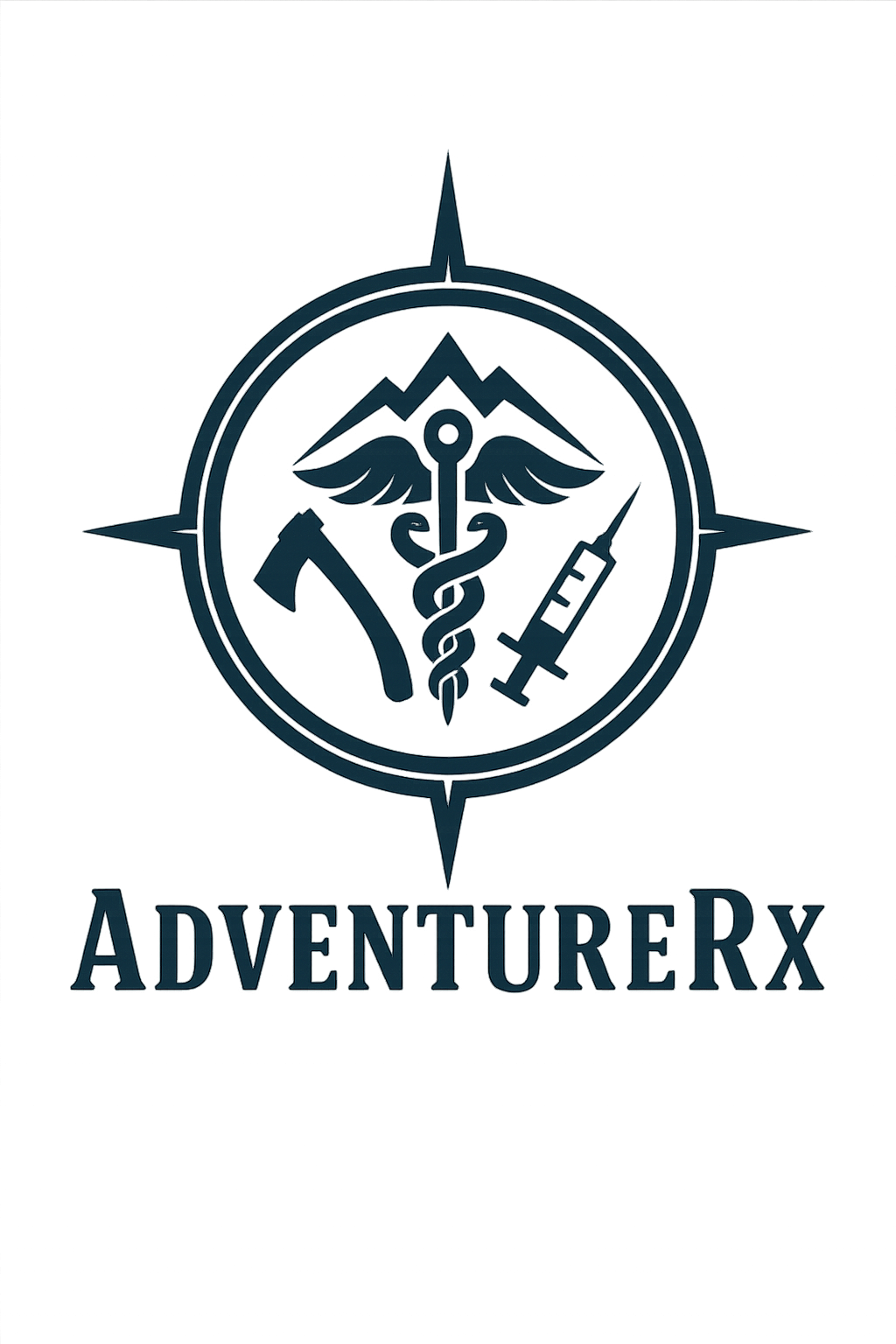Burn Season Safety: When and How to Refer Patients to a Burn Center
Disclaimer: I am a case manager, and my work is consult-based within a hospital setting. This post is intended for general informational purposes and reflects the most up-to-date information I could find at the time of writing, based on a recent patient interaction.
Please note that burn care protocols and referral pathways may vary by facility and region. Always consult your institution’s policies, physician orders, and local burn center guidelines when determining appropriate care for individual patients.
Summer brings sun, sizzle, and—unfortunately—a spike in burn injuries. Studies show burn frequency increases significantly during warmer months, especially around holidays and weekends. Whether it’s a sparkler, a grill, or overheated pavement, the risk is real—and growing.
As nurses and case managers, we’re often the first to assess burn severity, educate families, and initiate referrals. Knowing when a burn requires specialized care can make all the difference in recovery, pain control, and long-term outcomes.
Here’s what to watch for, when to refer, and how to assist patients in getting connected to the right resources.
🌡️ Summer Burns on the Rise
Emergency departments consistently report seasonal spikes in burn injuries during summer, with common sources including:
Fireworks (especially sparklers, which burn at ~2,000°F)
Barbecues, fire pits, and campfires
Hot pavement, playground equipment, and car interiors
Scalds from outdoor cooking or sun-heated water
Chemical burns from pool or cleaning products
According to the Centers for Disease Control and Prevention (CDC), burn-related injuries remain a significant public health concern in the United States. In 2021, the CDC tracked two separate categories of burn-related injuries through the National Hospital Ambulatory Medical Care Survey (NHAMCS):
An estimated 398,000 injuries were associated with fire or thermal burns,
And an additional 252,000 injuries were related to contact with hot objects or substances, such as stovetops, curling irons, or scalding surfaces.
These categories may overlap—meaning the figures are not additive—but together they reflect the breadth of burn-related emergencies seen in clinical settings each year. (Centers for Disease Control and Prevention, 2024)
Further illustrating the burden on the healthcare system, a claims-based analysis conducted in 2020 reported 698,555 insurance claims for burn-related care across the United States. While this number does not represent unique individuals—it includes repeat visits by the same patients for follow-up care, wound management, or complications—it emphasizes the high volume of healthcare utilization required for burn injuries, especially moderate to severe cases. (Ivanko et al., 2024)
These figures highlight the ongoing need for early recognition, appropriate triage, and referral to specialized burn centers—particularly during summer months when incidence increases. For nurses and case managers, understanding the scope of the problem helps reinforce why timely, specialized care is so critical in burn recovery.
🩺 When to Refer to a Burn Center
The American Burn Association (ABA) provides clear referral criteria to help frontline staff identify which burns require higher-level care. For a comprehensive summary of when burn injuries warrant referral to a specialized burn center, we recommend reviewing the American Burn Association’s One-Page Guidelines for Burn Patient Referral. This evidence-based resource outlines clear criteria for healthcare professionals and is widely used across emergency and inpatient settings.
(American Burn Association, 2023)
📍 How to Refer to UC Davis Firefighters Burn Institute Regional Burn Center
If you’re located in Northern California, UC Davis operates one of the region’s most established burn centers, accepting both adult and pediatric referrals.
For acute-care transfers, direct admissions, or physican-to-physician phone consultations call 800-4-UCDAVIS 24 hours day, 7 days a week including holidays and weekends.
UC Davis Adult Burn Center (Outpatient)
Address: 4251 X Street, Sacramento, CA 95817
Phone : (916) 734-3636
Pediatric Burn Care (Shriners Children's Northern California)
Address: 2425 Stockton Blvd, Sacramento, CA 95817
Phone: (916) 453-2180
https://www.shrinerschildrens.org/en/locations/northern-california
Referral Tips:
Clearly document burn depth, TBSA, and affected areas
Include wound care details, pain regimen, vitals, and any comorbidities
When possible, attach wound photos
Call ahead before arranging transport or outpatient follow-up
Additional Notes for Case Managers & Nurses
Don’t delay referral—early contact improves outcomes.
Ensure discharge planning includes follow-up wound care, pain control, and psychosocial support as needed.
Refer patients to burn survivor support services, especially if they will require long-term rehabilitation.
If You’re Outside Northern California
Search for your nearest ABA-verified burn center at:
🔗 https://ameriburn.org/verified-burn-centers/
Many burn centers now offer tele-burn consults, allowing real-time guidance on treatment and referral.
Final Thoughts
Burn injuries are complex—and time sensitive. As healthcare professionals, we play a vital role in recognizing high-risk cases and ensuring patients receive the specialized support they need. Summer should be full of memories, not regrets. When in doubt, make the call.
You’re not overreacting. You’re advocating.
📚 References (APA Format)
American Burn Association. (2022). Burn center referral criteria. https://ameriburn.org/resources/burnreferral/
American Burn Association. (2024). Verified burn centers. https://members.ameriburn.org/find-a-burn-center-org
Centers for Disease Control and Prevention. (2024). National Hospital Ambulatory Medical Care Survey: 2021 emergency department summary tables. U.S. Department of Health and Human Services.
Ivanko, B. D., Patel, S. A., & Wilson, J. R. (2024). The burden of burns: An analysis of public health measures. Journal of Burn Care & Research, 45(5), 1095–1097.
UC Davis Health. (2024). Firefighters Burn Institute Regional Burn Center. https://health.ucdavis.edu/burncenter/
Shriners Hospitals for Children – Northern California. (2024). Pediatric burn care. https://www.shrinerschildrens.org/en/locations/northern-california
